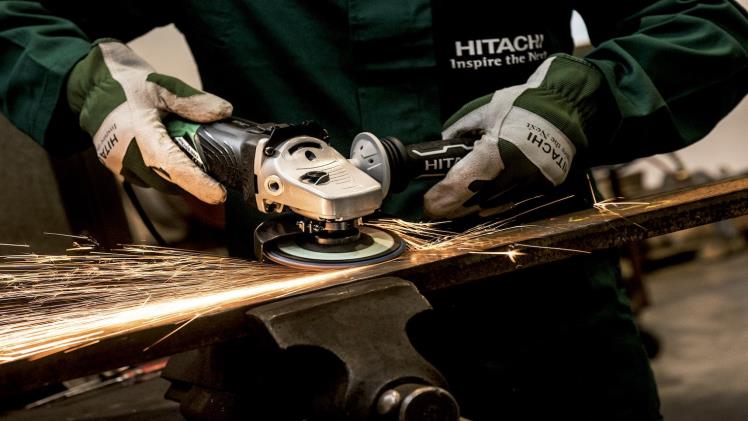The metallography industry has many different facets that contribute to its success. One common part of a metallography procedure is the preparation of metals. Preparation has its part in examining the quality of metals and preparing them for further use.
Polishing cloths are an important part of metal preparation yet can sometimes be overlooked. Keeping this part of the routine can contribute high quality results to metal testing by removing multiple layers of surface residue. Because of this, polishing cloths are a critical part in preparing metal samples and so it is important to use ones of subpar quality.
This being said, the kind of polishing cloth that you use must be compatible with the material that is being used with. It is also important to make sure that it is suitable for the needed results of the testing procedure.
3 kinds of polishing cloths to aid in metallography preparation
While there are many types of polishing cloths within each category, here are 3 main categories that are the most used:
- Self-adhesive cloths. These cloths cover a range of needs including fine grinding of hard metals, multi-purpose polishing, and ferrous and non-ferrous materials.
- Adapter discs. Adapter discs are thin steel discs that can be used with self-adhesive cloths which, with some models, can be attached to the disc itself. Adapter discs can also use other kinds of self-adhesive grinding discs. They are also designed to avoid making air pockets and ease of removal of old cloths.
- Magnetic cloths are designed to be used on a magnetic support disc. You can find cloths made up of a range of materials, from polyester to silk and they are made to last for extended time periods.
Conclusion
Make sure that the polishing cloth you choose is coherent with your desired result.

